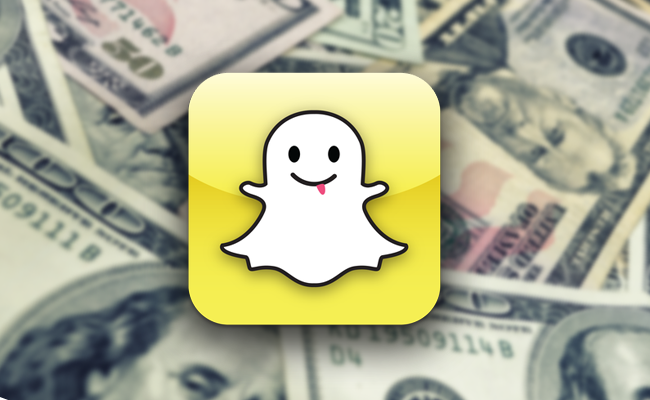I’ve been getting into Snapchat lately and have been finding that using Snapchat actually drives my usage of competitive products like Twitter (which recently added the ability to send photos privately, albeit ones that don’t disappear), Facebook Messenger, Google Talk and iMessage.
The reason: I can’t easily respond to photos I get on Snapchat.
For example, a friend sent me a picture from Vancouver airport. I wanted to respond that it’s one of my favorite airports in the world. And to ask her how her trip was. But because I have to use a photo, that would be more work. It’s not that I’m against taking photos — I took more than 300 just over the weekend. It’s that I was at home and had nothing interesting to show. I just wanted to respond to her. If I could have sent her a written message, I would have done it on Snapchat. Instead, I responded to her with Facebook Messenger.
Some people do fully engage using photos, even when they aren’t in the most photo worthy place. I was playing a game of “guess the hotel” with a series of Snapchats with HotelTonight CEO Sam Shank. When he couldn’t figure it out based on a clue, he would make a funny face and draw a question mark over his head. But that increases friction. Most people are lazier than Sam.
This is especially important because the supposed 1-to-1 interaction of Snapchat sets up the expectation of a response. (I say “supposed” because my sense is that a lot of the messages sent are one-to-many.) When someone posts on Instagram, Facebook, Twitter or Google+, they don’t necessarily expect a response from me. They don’t even know if I’ve ever seen it. In the case of Facebook, given the way the feed algorithm works, they don’t even know if it was ever in my feed. With Snapchat, they know I’ve opened it. That sets up the expectation of a response.
From a product perspective, it would also help Snapchat drive velocity and increase its already high engagement. It also provides important signal to both Snapchat and the user.
The signal to Snapchat would be the strength of the relationship. Right now, Snapchat is losing a lot of signal. It’s fairly common for friends to respond to me via other channels. Text can also provide context and metadata that can be useful for identifying a user’s interests and for ad targeting.
It also distorts the signal that I get from friends. If someone doesn’t respond to a Snapchat, does it mean I annoyed them? Or are they being lazy?
We tune our social behavior based on feedback. We post more of what people like, favorite and retweet. If people don’t engage with content that we create, we create less of it.
By having a high bar for responses, Snapchat isn’t giving me the feedback I need to best use its product and engage with friends.
There’s also the competitive aspect. In addition to the messaging products I’ve already mentioned, lack of pure messaging leaves the door open to apps like Leo, which is about self-destructing text messages.
Adding a new media type is always controversial. It was when Instagram added videos and when Twitter made photos prominent. But it can be done well, as Instagram did with videos.
If the goal is to keep the focus on photos, there could be a requirement that texts can only be sent in response to a photo. Or, there could be easily selectable images that represent different sentiments. And, of course, the texts would also self-destruct.
Disclosure: I own stock in Google and Apple.
VentureBeat's mission is to be a digital town square for technical decision-makers to gain knowledge about transformative enterprise technology and transact. Learn More

